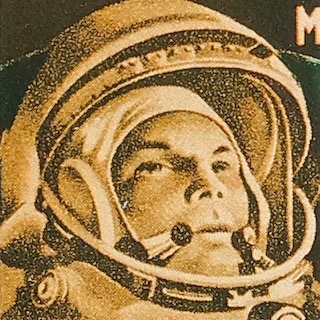8 Sept 2004
Quasi-industrial
The following extract from The Manual: The who, the where, the why of clubland examines Fac 51 The Hacienda: "It's the early eighties in Manchester and a reporter from London buttonholes a pair of Mancunian goths as they emerge from one of the Hacienda's rival clubs. He asks them why they didn't go to the Hac. They reply: "Because they try and educate you with the music they play." No-one could have come closer to trying to explain what the Hacienda is and, moreover, what it represented that that simple, one-line damnation.
Although the Hacienda will be remembered as the fulcrum around which 'Madchester' revolved, it was much more than that. It was a brave and largely successful experiment in punk-inspired Situationism; it was a haven from the violence and sullen stares of Manchester's less hospitable nightspots. The Hacienda single-handedly (and through sheer bloody-mindedness) gradually drew black America and twisted British electronica. Opened in 1982 by Factory Records honcho Tony Wilson, maverick popsters New Order and their manager Rob Gretton (who is credited with being its driving force) everything about the Hacienda was different.
Its decor was a significant departure from the normal club. Designers Ben Kelly and Sandra Douglas had drawn on the graphic work of Peter Saville, whose sleeves for various post-punk acts had been highly influential. In Douglas's words they deliberately stayed away from, "some sort of disco extravaganza", opting instead for a quasi-industrial look that incorporated bollards on the edge of the dancefloor. Even before it opened, the Architectural Review described it as, "a significant milestone in British interior design." Heck, it was even given a Factory Records catalogue number: Haç (sic) 51."
The Manual: The who, the where, the why of clubland
Written by Frank Broughton and Bill Brewster
First published in 1998 by Headline Book Publishing
ISBN 0 7472 7636 6
Although the Hacienda will be remembered as the fulcrum around which 'Madchester' revolved, it was much more than that. It was a brave and largely successful experiment in punk-inspired Situationism; it was a haven from the violence and sullen stares of Manchester's less hospitable nightspots. The Hacienda single-handedly (and through sheer bloody-mindedness) gradually drew black America and twisted British electronica. Opened in 1982 by Factory Records honcho Tony Wilson, maverick popsters New Order and their manager Rob Gretton (who is credited with being its driving force) everything about the Hacienda was different.
Its decor was a significant departure from the normal club. Designers Ben Kelly and Sandra Douglas had drawn on the graphic work of Peter Saville, whose sleeves for various post-punk acts had been highly influential. In Douglas's words they deliberately stayed away from, "some sort of disco extravaganza", opting instead for a quasi-industrial look that incorporated bollards on the edge of the dancefloor. Even before it opened, the Architectural Review described it as, "a significant milestone in British interior design." Heck, it was even given a Factory Records catalogue number: Haç (sic) 51."
The Manual: The who, the where, the why of clubland
Written by Frank Broughton and Bill Brewster
First published in 1998 by Headline Book Publishing
ISBN 0 7472 7636 6
Labels: Ben_Kelly, FAC51_The_Hacienda, Factory_Records, New_Order, Tony_Wilson
- - - -
Popular posts
Use Hearing Protection - Factory Records 1978-1979
Use Hearing Protection Factory Records 1978-1979 review
Hacienda How Not to Run a Club TV series
Use Hearing Protection - Fac 1-50 / 40 exhibition
Out of Order - Curating the Factory Catalogue
The Drifting Cowboys Durutti Column T-Shirt
Latest posts
Latest pages
- Electronic Sound magazine [Issue 54] Factory Records
- May 1980 release schedule
- hallowed articles
- FAC 148
- FAC 148 letter from Quarry Bank Mill to Tony Wilson
- FAC 81 stationery source materials
- FAC 81 stationery
- 86 Palatine Road Blue Plaque
- Joy Divison USA Tour Itinerary
- Tony Wilson letter to Ralph Steadman re John Dowie
- IKON stationery
- The Factory stationery
- In the City badge
- Peter Saville Associates stationery and bill
- Movement of the 24th January stationery



































<< Home